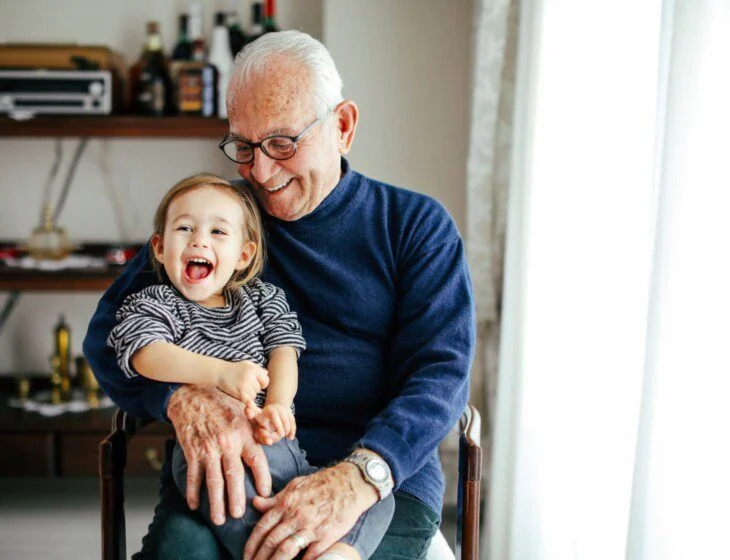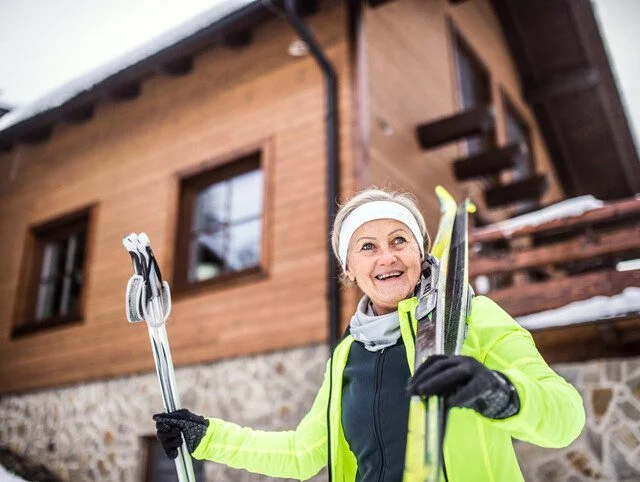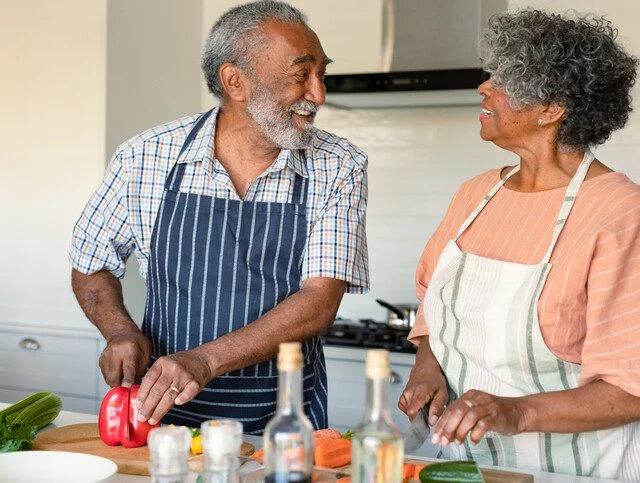According to the Centers for Disease Control and Prevention (CDC), an American suffers from stroke every 40 seconds. Though nearly 75 percent of strokes happen in people age 65 or older, age-related risk begins around age 55 and stroke can happen at any age.
When a stroke is caused by particles like blood clots or plaques that block blood vessels to the brain, it’s known as a ischemic stroke. The CDC estimates nearly 87 percent of all strokes are this type. A hemorrhagic stroke happens when a blood vessel bursts in the brain and damages nearby tissues. A transient ischemic attack (TIA), also known as a mini-stroke, lasts fewer than five minutes but still blocks blood flow to the brain. A TIA is also a warning sign for future stroke.
During a stroke, brain cells quickly become damaged due to a lack of oxygen. Symptoms develop first in body parts controlled by those damaged areas.
Understanding Stroke Risks
Certain health conditions, lifestyle choices and family history may increase a person’s risk of stroke. Although some of these stroke risk factors are outside of your control, up to 80 percent of strokes may be prevented by living a healthier lifestyle by CDC estimates.
Physical & Health Conditions
Conditions including heart disease, high blood pressure, high cholesterol, obesity and diabetes may increase a person’s stroke risk. And chances of having a stroke are higher for people that have already experienced a stroke or TIA previously.
Behaviors & Lifestyle
Physical inactivity, smoking tobacco and drinking too much alcohol heighten stroke risk. Unhealthy eating habits, including foods high in cholesterol, sodium and saturated fats, also increase a person’s risk of stroke.
Genetics & Family History
Stroke can happen at any age. But after age 55, a person’s chance of stroke nearly doubles every decade. Stroke is more common in women than men, and race or ethnicity “ especially for Black, Hispanic, American Indian and Alaska Native individuals “ may heighten stroke risk, too. Family stroke history, and certain genetic disorders like sickle cell disease, may elevate risk. While you can’t alter your family health history, knowing about it can help you take preventive measures and earlier action.
Common Signs of Stroke in Men & Women
By being familiar with these five common stroke symptoms, you could save your life or the life of someone near you.
- Do you notice sudden weakness or numbness in the face, arm or leg, possibly contained to only one side?
- Do you or the person have difficulty speaking, trouble understanding speech or experience sudden confusion?
- Have you or the person suddenly experienced vision loss in one or both eyes?
- Do you or the person have trouble walking, dizziness or loss of balance or coordination?
- Do you or the person have a severe headache or brief loss of consciousness?
If you or someone near you experiences any of these signs of stroke, call 911 immediately so medical professionals can assess and begin treatment as needed.
Remember: Do not drive yourself or someone else to the hospital that may be suffering from a stroke.
Act “F.A.S.T.” for Timely Stroke Treatment
Every minute counts when it comes to a stroke. A quick assessment from the American Stroke Association helps you determine if you (or a person near you) is suffering from a stroke. Most successful stroke treatment usually happens within the first three hours after symptom onset, so it’s important to take note of the time.
Commit the stroke acronym F.A.S.T. to memory, and you can help save a life.
F “ Face Drooping
Ask the person to smile. Does one side of the face feel numb or droopy or does the smile appear lopsided?
A “ Arm Weakness
Ask the person to lift both arms up. Does one arm feel numb or drift downward?
S “ Speech Difficulty
Ask the person to repeat a simple sentence. Do they have difficulty or is their speech slurred?
T “ Time to Call 911
If the person is experiencing any of these symptoms, call 911 and get them to a hospital right away.
Be Prepared for the Unexpected
Detect early stroke warning signs by using the F.A.S.T. assessment. It’s impossible to know the type of stroke at symptom onset “ always call 911 as soon as symptoms begin.
If you or someone you love has suffered a stroke, turn to Friendship Village of Bloomington’s skilled nursing care and rehabilitation services for personalized care support. Here, you or your loved one partner with our trained physical therapy, speech therapy and occupational therapy teams for stroke recovery.


